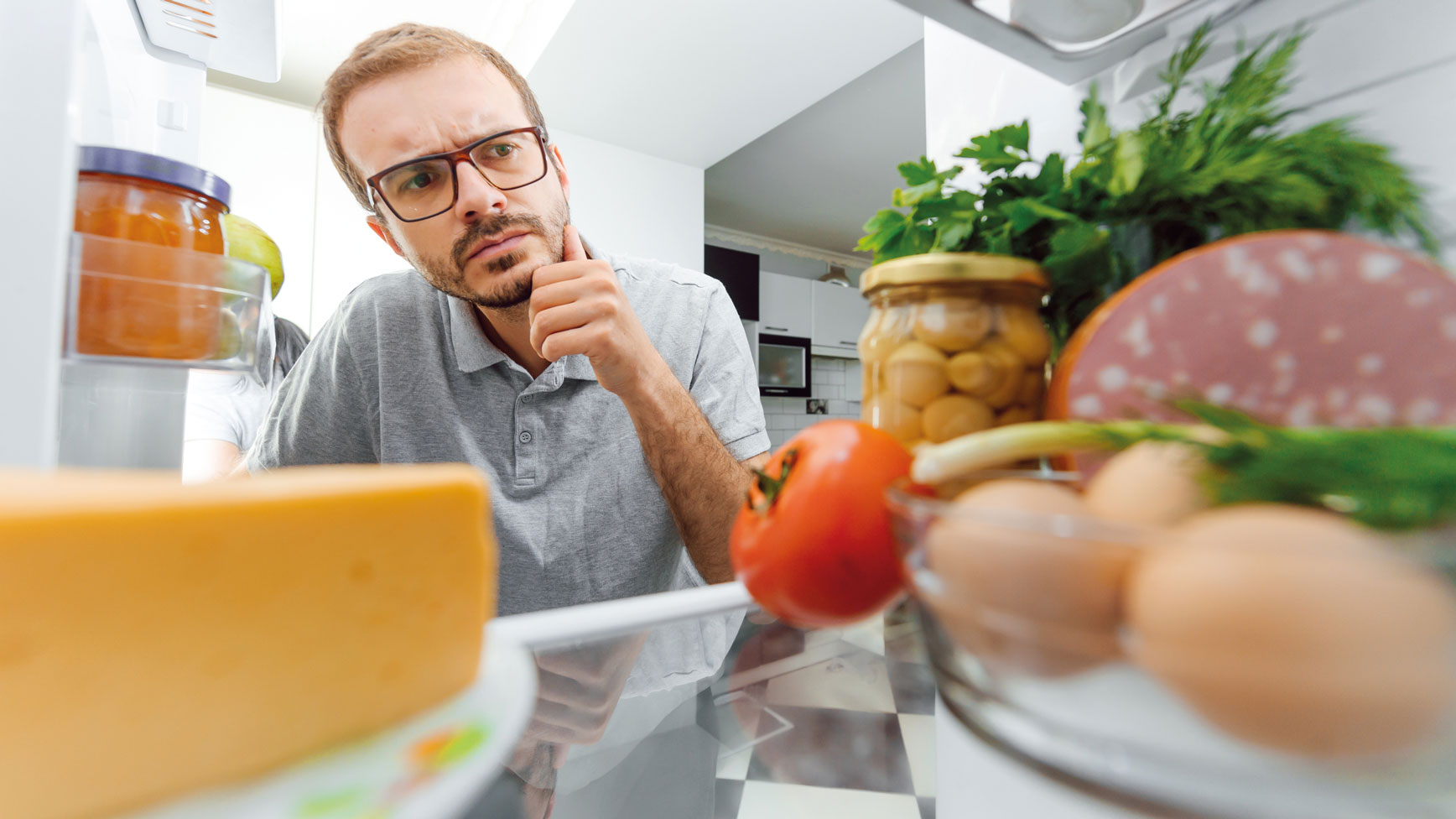In the first of a series of articles about reducing waste, Joanne Smallman from Redbridge Council’s Neighbourhood Team explains what is being done in the borough to tackle the issue and how we can all play a part
Redbridge Council collects the fifth-highest amount of rubbish in England; 22 million sacks of household waste a year at last count. It’s a statistic we’re determined to change, and can change, but we can only do it by working together.
By taking simple steps to reduce, reuse and recycle, every resident can play their part in helping lower the amount of waste being produced, and Redbridge Council is here to support you every step of the way.
One of the reasons Redbridge collects more waste than other boroughs is because, until recently, residents have been able to leave out unlimited rubbish sacks for collection each week. This provided little incentive for households to reduce, reuse or recycle. Many items which could have gone into the recycling box ended up in household waste instead, resulting in more rubbish and more rubbish sacks on collection day.
The borough-wide move to wheelie bins was a big leap forward towards reducing household waste and improving recycling rates. Only waste contained inside the bin will be taken away, so no side waste by the bin, please! This encourages residents to put more items in their recycling boxes and explore waste reduction ideas to ensure there is enough space inside the wheelie bin for the average household waste that can’t be recycled.
A staggering 50% of waste collected in Redbridge is food waste, but there are lots of ways we can all cut back on it. By making small changes to the way we buy and use food in the borough, we can change the amount of waste, which will also have a big impact on the environment and save you money! Each small act can add up to make a big difference.
For example, fridge optimisation: did you know your fridge should be below 5°C? In fact, the average UK fridge temperature is set at a way too hot 7°C. This is terrible news for milk and other food items kept in the fridge, which can perish quickly when not stored at the right temperature.
And do you know the difference between food date labels? Best-before dates refer to quality: after this date, it might not be at its best, but it will still be safe to eat. Use your senses to make a judgement. Use-by dates refer to safety: you must not eat food past this date, even if it looks and smells OK. You can freeze food right up to and including the use-by date.
Each year, UK households throw away 4.5 million tonnes of food that could be eaten, with some of the most common products being milk, bread, potatoes, tomatoes, bananas and poultry. If every person stopped throwing away food for just one day in the UK, it would do the same for climate change as taking 14,000 cars off the road for a whole year.
For more information and tips on reducing food waste, visit wnstd.com/ourstreets




